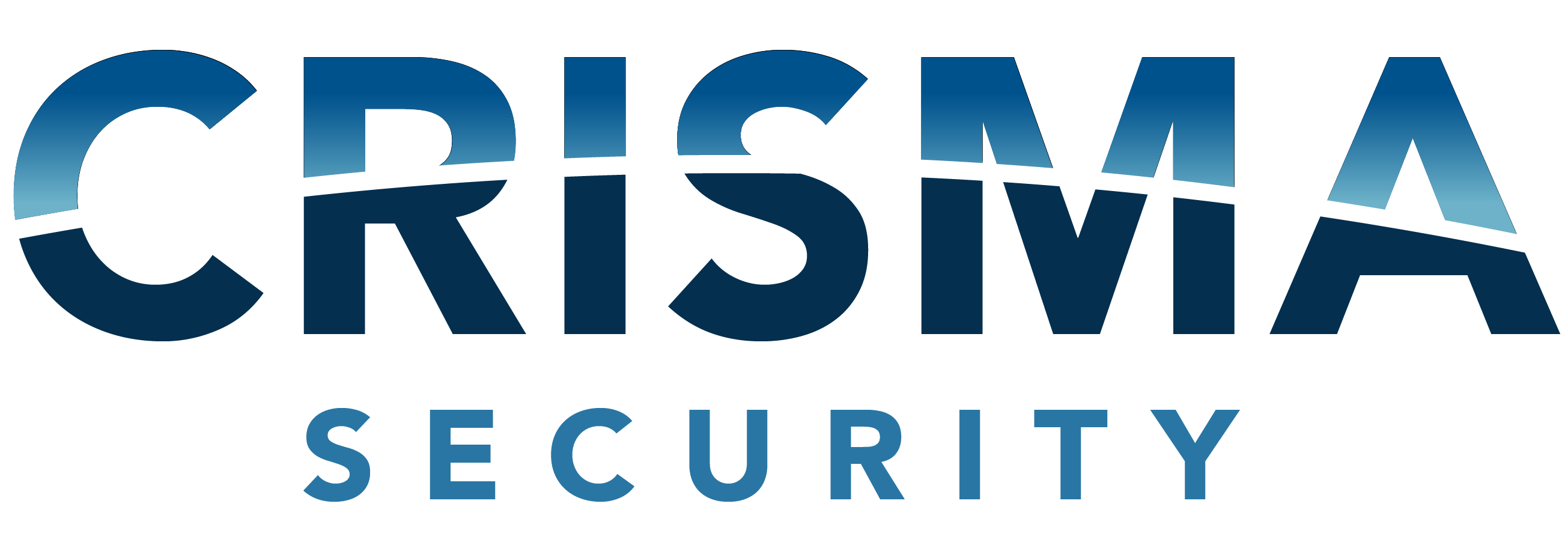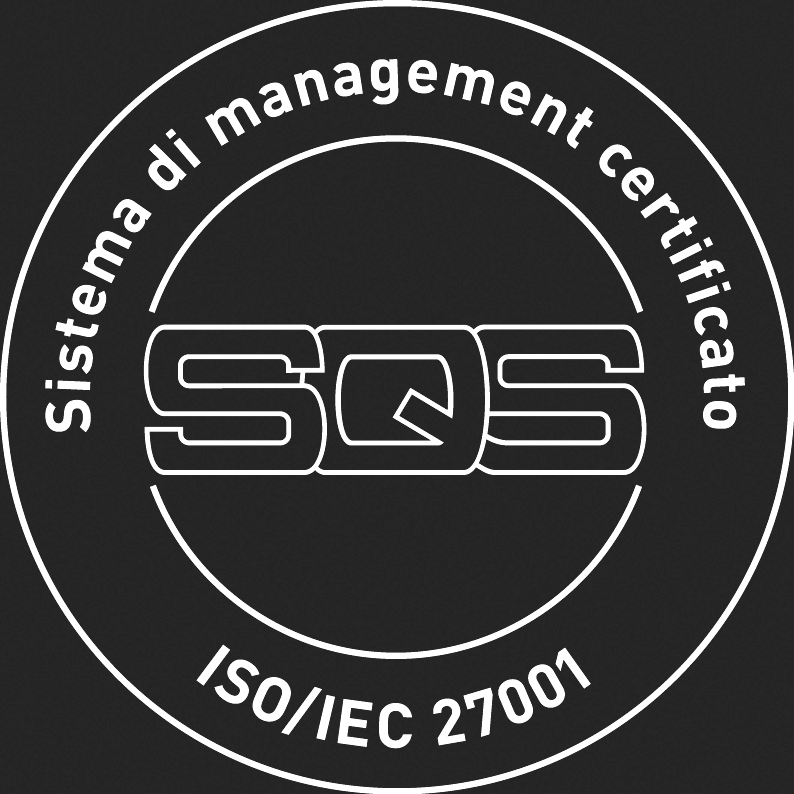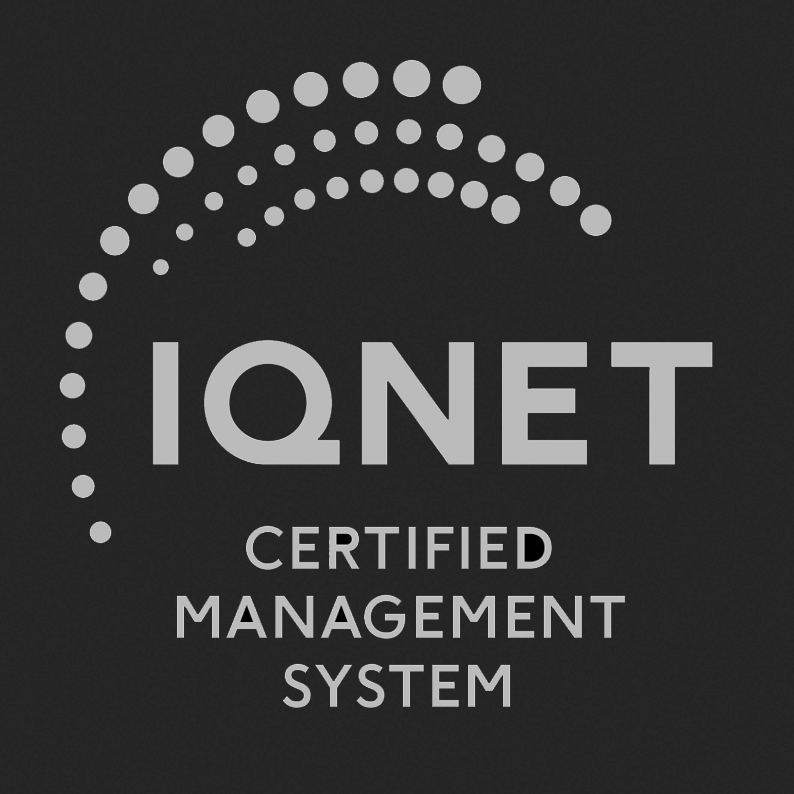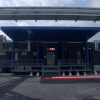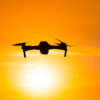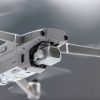Technologies
Protection from the Drone Threat

Reports of incidents caused by unintentional or intentional misuse of drones are increasing rapidly: the sites targeted for potential attack or simple reconnaissance are of various types, from critical infrastructure such as nuclear power plants, airports, and district houses, to high-traffic sites such as stadiums.
- Reprisals of government or commercial sites: reconnaissance of sensitive sites in order to plan an attack next or to acquire details regarding industrial patents or intellectual property of sites commercial
- Transportation and smuggling of illicit products: a typical case is the use of drones to transport weapons, drugs, and cell phones within protected areas such as surrounded houses.
- Armed attack: the drone is equipped with explosive, chemical or biological substances capable of causing harm by simple scattering or through collision with a predetermined target
- Disruption or blocking of critical activities: such as sending drones into airport areas that can cause, in the most serious cases, even the blocking of airport activities

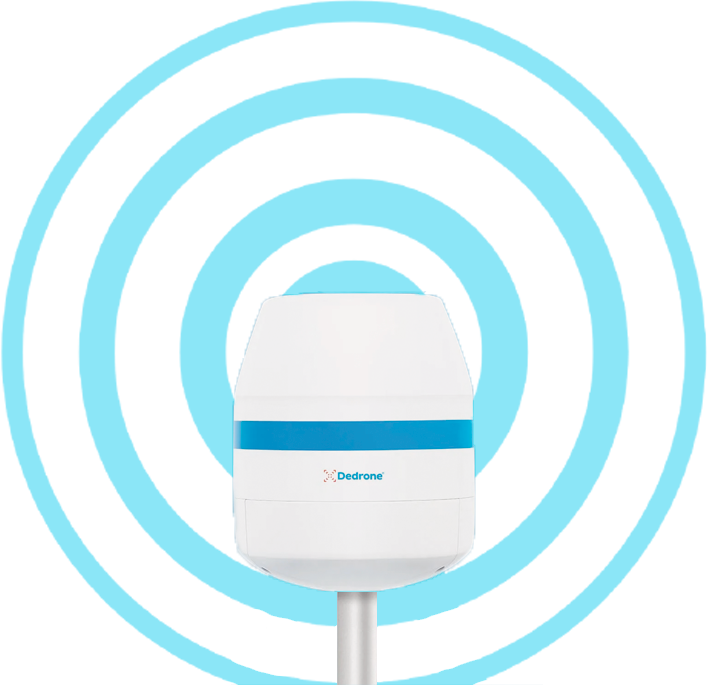
Range of action
The range and type of attack that can be carried out varies depending on the model of drone used. Of following are the most common ones:
- Multi-rotor drones: these are drones with 4,6,8 propellers, with vertical takeoff/landing capability and flight stationary in a defined position, battery-powered with limited flight duration typically around 30 minutes and a range of a few hundred meters to a few kilometers.
- Single Rotor: these are helicopters with vertical takeoff/landing capability, consume less energy than their predecessors, have a greater load capacity and longer radii of action extended, from a few hundred meters to several km, available with either battery-powered and with an internal combustion engine.
- Fixed wing: these are drones similar to small airplanes that are not capable of vertical takeoff/landing but have a very extended range of up to 30km, a range of several hours, available either battery powered or with an internal combustion engine.
Sistema di protezione multilivello
- Level 1: detection of the presence of commercial drones in the vicinity of the site to be protected (without the ability to identify or track it
- Level 2: Identification and tracking of the location of commercial drones and the pilo
- Level 3: Identification and location tracking of commercial drones and custom-made
- Level 4: Threat neutralization through drone lockdown

accordance with the actual needs and risk level of the site to be protected.
Level 1 and Level 2 can be implemented through the adoption of passive RF scanning systems that through directional antennas listen for radio signals produced by commercial drones and their remote controls. The most advanced drone detection solutions are able to identify the make and model of the drone, GPS coordinates, flight speed height and position of the remote control and thus also of the operator. Detection range can reach in the best performing systems available on the market even up to several tens of kilometers radius. The identification of the drone at long range is very useful because it ensures the possibility of being able to intervene in time and foil the threat, given the speed of movement such time interval can be very narrow.
Once the drone has been identified and classified as a potential threat, through the adoption of Level 4, a mitigation maneuver can be carried out, which can be a forced and controlled landing of the drone in a safe area or bouncing the drone off a virtual airspace protection boundary above the infrastructure to be protected. Such techniques to date are not available for civilian use.
The choice of the solution to deploy for the protection of threats caused by drones must be made taking into account the possible scalability of the system in terms of protection at the various levels, the effectiveness of the detection system and if necessary mitigation. It is advisable for this to choose technologies that have passed rigorous evaluation processes in the military environment, designed by qualified personnel otherwise there is a risk of wasting the investment and not ensuring optimal protection of the site.
